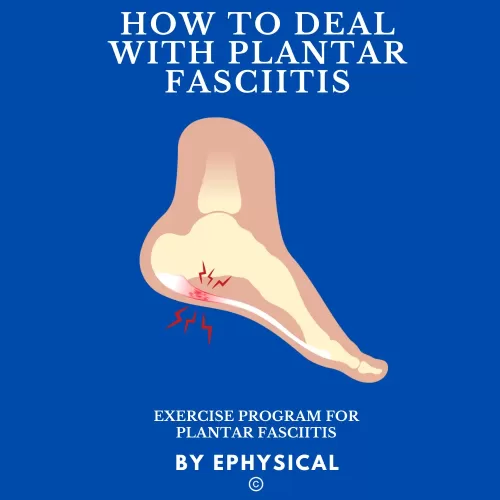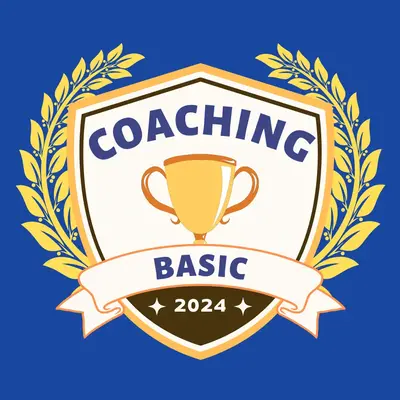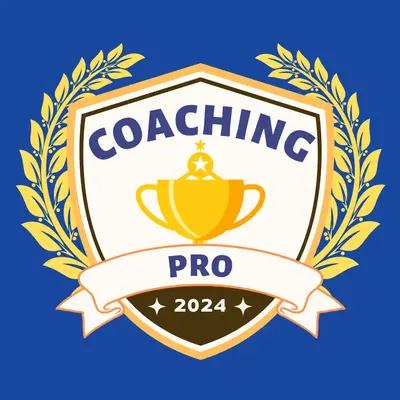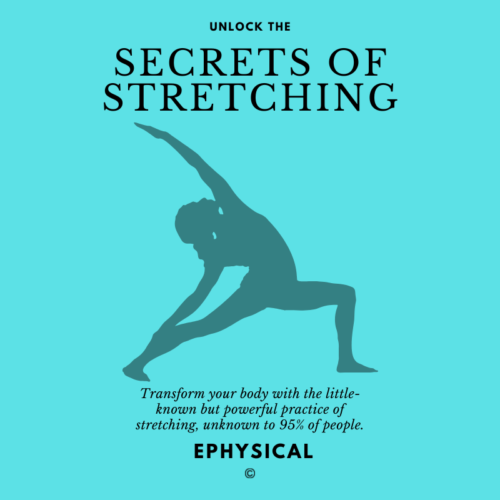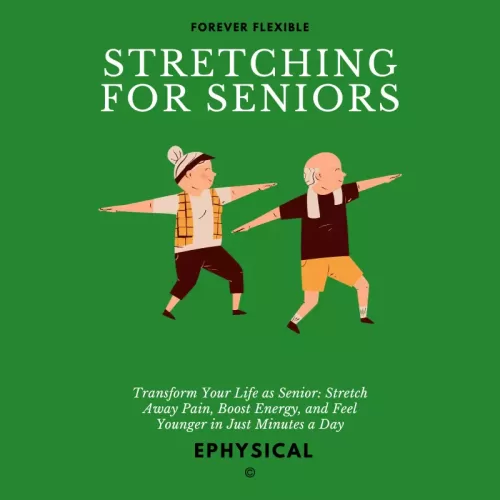Best Stretches After Chest Day for Muscle Soreness
Chest day is a dedicated workout session focusing on the pectoral muscles, including the chest, shoulders, and triceps.
Stretching after chest day is crucial for reducing muscle soreness, improving flexibility, and preventing unnecessary muscle strains.
Dynamic vs Static Chest Stretch
Dynamic Stretching
It’s best to use dynamic stretches before a workout to prepare your muscles and improve your range of motion.
Static Stretching
This type of stretching is ideal after your chest workout to help cool down the muscles, reduce stiffness, and enhance flexibility.
How to Stretch Chest After Chest Day
- Stand tall with your feet shoulder-width apart.
- Clasp your hands behind your back.
- Straighten your arms and gently lift them upwards while squeezing your shoulder blades together.
- Hold the stretch for 20-30 seconds, feeling the tension in your chest and front shoulders.
- Release and repeat 2-3 times.
- Stand in a doorway and place your forearms on the door frame with your elbows at a 90-degree angle.
- Step one foot forward, keeping your back straight.
- Lean your body forward slightly until you feel a stretch across your chest and shoulders.
- Hold for 20-30 seconds, then return to the starting position.
- Repeat 2-3 times, alternating the foot you step forward with.
- Lie face down on the floor with your arms extended out to the sides to form a “T” shape.
- Slowly roll your body to one side by pushing with your opposite hand, feeling the stretch in your chest.
- Hold this position for 20-30 seconds.
- Return to the starting position and repeat on the other side.
- Perform 2-3 repetitions per side.
Benefits of Chest Stretching
Stretching your chest muscles after a workout provides numerous benefits:
- Reduces Muscle Soreness: Helps alleviate the tightness and discomfort that often follow intense chest exercises.
- Improves Flexibility: Enhances the range of motion in the chest, shoulders, and upper back.
- Prevents Injury: Reduces the risk of muscle strains and other injuries by keeping the muscles supple.
- Promotes Circulation: Boosts blood flow to the chest area, aiding in faster muscle recovery.
Chest Muscle Function
The chest muscles, primarily the pectoralis major and minor, play a vital role in various upper body movements. Here’s a closer look at their anatomy and function:
Pectoralis Major
- Anatomy: The pectoralis major is a large, fan-shaped muscle that covers the upper chest. It has two main parts: the clavicular head (upper part) and the sternal head (lower part).
- Function: This muscle is responsible for the adduction and internal rotation of the arm. It also helps in movements like pushing and lifting, making it crucial for activities such as bench pressing or pushing a door.
Pectoralis Minor
- Anatomy: The pectoralis minor is a smaller, triangular muscle located underneath the pectoralis major. It connects the third to fifth ribs to the coracoid process of the scapula.
- Function: This muscle stabilizes the scapula by drawing it anteriorly and inferiorly against the thoracic wall. It plays a key role in shoulder movements and maintaining posture.

